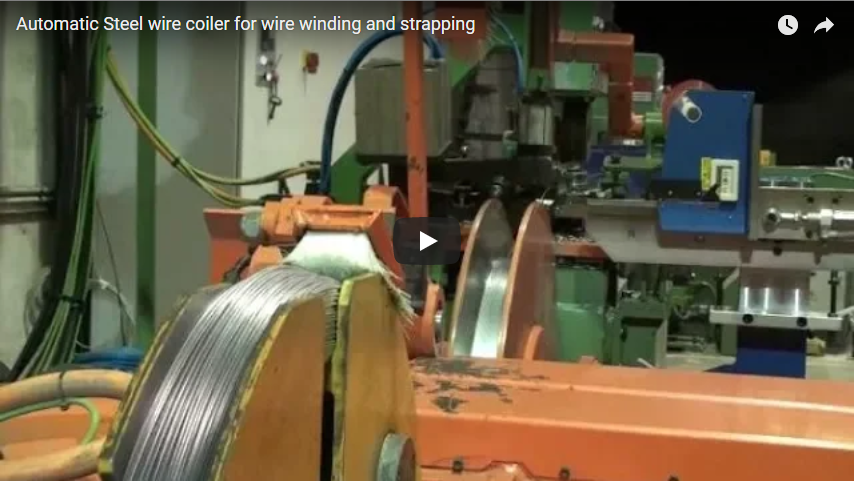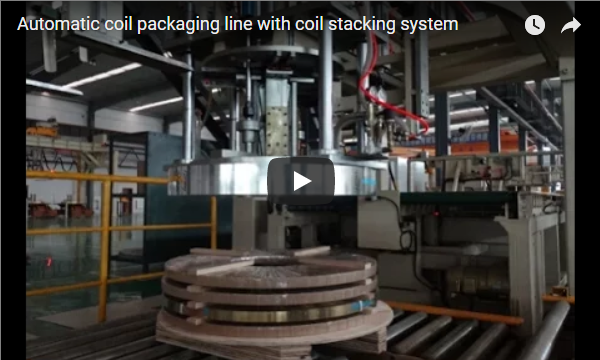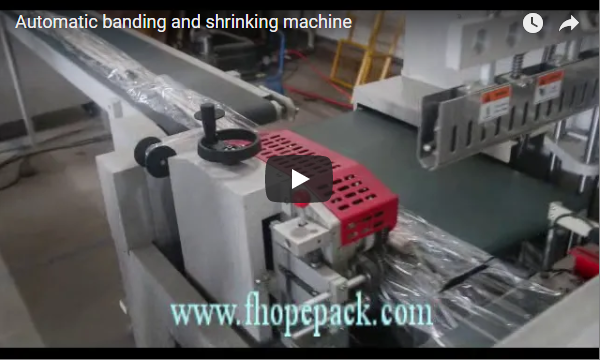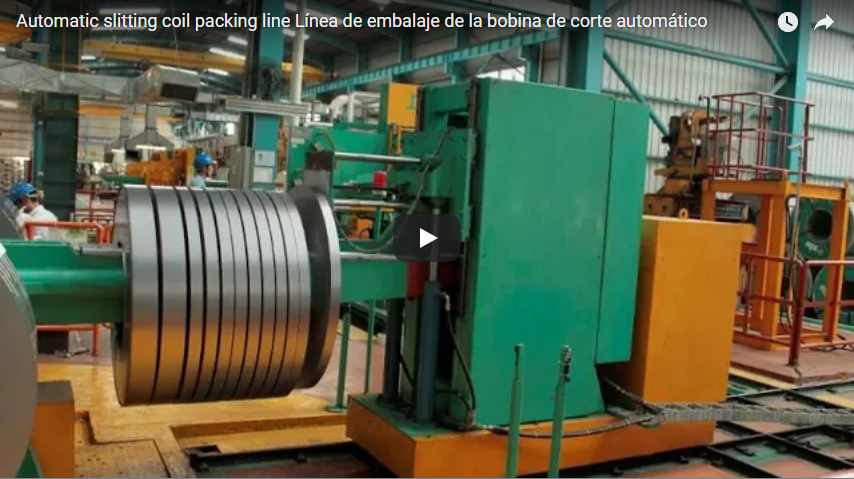Advancing Pipe Logistics: The Engineering Behind Automatic Bundle Woven Bag Packing Machines
The efficient handling and packaging of pipes—whether PVC, PPR, HDPE, or metal conduits—present significant logistical challenges in industries ranging from construction to agriculture and utilities. Manual or semi-automated processes often struggle with consistency, speed, and labor costs. Addressing these challenges, automated packaging solutions like the Automatic Pipe Bundle Woven Bag Packing Machine represent a leap forward in operational efficiency and product protection. This technology integrates sophisticated mechanical design and control systems to streamline the end-of-line packaging process.
The Engineering Imperative for Automated Pipe Packaging
Traditional pipe packaging methods are often labor-intensive, prone to inconsistencies, and can pose ergonomic risks. The move towards automation is driven by several key factors recognized across the industrial sector:
- Throughput Demands: Increasing production volumes necessitate faster packaging cycles that manual labor cannot sustain cost-effectively.
- Quality Control: Automated systems ensure consistent bundle counts, secure wrapping, and uniform package presentation, reducing damage during transit and storage.
- Labor Optimization: Automation redirects human resources from repetitive packing tasks to higher-value activities like quality assurance and machine supervision. Studies in logistics automation frequently highlight labor savings as a primary driver for ROI.
- Safety Enhancements: Enclosed automated systems minimize direct human interaction with moving machinery and heavy bundles, significantly improving workplace safety.
The FHOPE Automatic Pipe Bundle Woven Bag Packing Machine exemplifies this trend, offering a fully automated solution designed to streamline the packaging workflow from pipe collection to sealed bag output.

Core Mechanisms and Technological Integration
An Automatic Pipe Bundle Woven Bag Packing Machine operates through a sequence of precisely controlled subsystems. Design principles often draw from established material handling and packaging automation technologies, sometimes reflected in patent literature focusing on bundle formation (e.g., Class B65B - Packaging; handling thin or filamentary material) and robotic insertion.
- Pipe Alignment and Collation: Pipes are typically received from an upstream process (like an extruder line) onto a collection table or conveyor. Mechanical guides, stoppers, or robotic arms align the pipes and gather them into predetermined counts to form a bundle of the desired size and shape (e.g., hexagonal, square). Sensors verify the correct count before transfer.
- Bundle Formation and Transfer: Once collated, the pipes are tightly grouped. This bundle is then transferred, often via pusher arms or conveyor belts, towards the bagging station. Maintaining bundle integrity during transfer is critical.
- Woven Bag Handling and Feeding: A key automated function involves picking a flat woven bag (typically Polypropylene or HDPE) from a magazine stack, opening it using vacuum suction cups or mechanical grippers, and presenting it correctly at the insertion point. Research in robotic grippers and flexible material handling informs the design of reliable bag opening systems.
- Bundle Insertion: The pipe bundle is carefully inserted into the opened woven bag. This requires precise coordination between the bundle transfer mechanism and the bag holding system to prevent snagging or damage to the bag or pipes.
- Bag Sealing: After insertion, the open end of the bag is automatically closed. Common methods include:
- Heat Sealing: Applicable for bags with thermoplastic content or liners, providing a strong, moisture-resistant seal.
- Stitching: A robust mechanical closure suitable for heavy-duty woven PP bags, often used for larger or heavier bundles. The choice depends on application requirements and bag material.
- Discharge: The sealed bag containing the pipe bundle is discharged onto an output conveyor, ready for palletizing or direct shipment.
Control is typically managed by a Programmable Logic Controller (PLC), integrated with a Human-Machine Interface (HMI) touchscreen for parameter setting (bundle size, bag type, cycle speed), diagnostics, and operational monitoring. Sensors (photoelectric, inductive, limit switches) provide real-time feedback throughout the process, ensuring synchronization and fault detection.
Performance Specifications and Operational Parameters
While specific machine capabilities vary, typical performance parameters provide insight into the technology's scope.
Note: The parameters listed below are illustrative and may not precisely match the equipment shown in the video. For exact specifications tailored to your application, direct consultation is recommended.
- Machine Type: Fully Automatic Pipe Bundle Woven Bag Packing Machine
- Exemplar Model: APBWBP-3000
- Manufacturing Year: 2023 (Illustrative)
- Compatible Pipe Diameters: ø20mm – ø200mm (Variable based on configuration)
- Maximum Bundle Length: Up to 6000mm (Commonly specified, adjustable)
- Compatible Bag Materials: Polypropylene (PP) Woven, HDPE Woven, Raffia Sack
- Sealing Technology: Industrial Heat Sealing / Automated Stitching Head
- Operational Throughput: Up to 10 bundles per minute (Dependent on bundle size and length)
- Control Architecture: Siemens/Allen-Bradley PLC with Color Touchscreen HMI
- Power Requirements: 440V, 50/60Hz, 3-Phase (Region specific)
- Approximate Footprint (L x W x H): 12m x 3m x 2.5m (Varies significantly with configuration)
- Operator Requirement: 1 Supervisor/Technician
- Safety Compliance: Integrated Emergency Stops, Safety Interlocks, Guarding (Often designed to meet CE, OSHA standards)
- Regulatory Compliance: CE Marking, ISO 9001 Certification often available
- Standard Warranty: Example: 3 years comprehensive machine warranty
- Support Services: On-site installation, commissioning, operator training typically included
Industrial Applications and Benefits
The utility of automatic woven bag packing systems for pipe bundles spans several key sectors:
1. Construction Material Logistics:
Efficiently packaging bundles of PVC conduit, plumbing pipes (PPR, CPVC), and drainage pipes is essential. Automated bagging protects pipes from abrasion and environmental factors during transport and on-site storage. It simplifies inventory management and speeds up loading/unloading operations, contributing to better project timelines, as highlighted in construction logistics reports.
2. Agricultural Irrigation Systems:
Suppliers of drip lines, micro-irrigation tubing, and larger PVC/HDPE pipes for farm systems benefit significantly. Secure, compact bundles are easier to transport to remote agricultural areas. Protection afforded by the woven bag ensures pipe integrity, crucial for the reliability of irrigation networks. Automation meets the seasonal demands of the agricultural sector efficiently.
3. Wholesale and Retail Distribution:
For distributors handling diverse pipe products, automated packaging offers consistency and speed. Neatly bagged bundles improve warehouse storage density, simplify order picking, and enhance product presentation for retailers or direct customers. This professional packaging reduces handling damage and associated costs.
4. Manufacturing Integration:
Directly integrating the packing machine at the end of pipe extrusion or processing lines creates a seamless production flow. This minimizes intermediate handling, reduces work-in-progress inventory, and shortens the overall production cycle time—key objectives in modern lean manufacturing environments.
Future Trends and Conclusion
The field of industrial packaging machinery continues to evolve. Future iterations of pipe bundle packing machines may see greater integration with robotic palletizing systems, enhanced diagnostic capabilities through IIoT sensors for predictive maintenance, and increased adaptability for using sustainable or biodegradable packaging materials. Research papers on packaging automation often point towards greater flexibility and interconnectivity as key development areas.
In summary, the Automatic Pipe Bundle Woven Bag Packing Machine is a critical piece of engineering for industries reliant on efficient pipe handling. By leveraging automation, advanced controls, and robust mechanical design, these systems deliver significant improvements in throughput, consistency, safety, and labor efficiency, addressing key challenges in modern manufacturing and logistics.
For more detailed information on configuring a system for specific pipe types and production requirements, please contact us via info@fhopepack.com.






